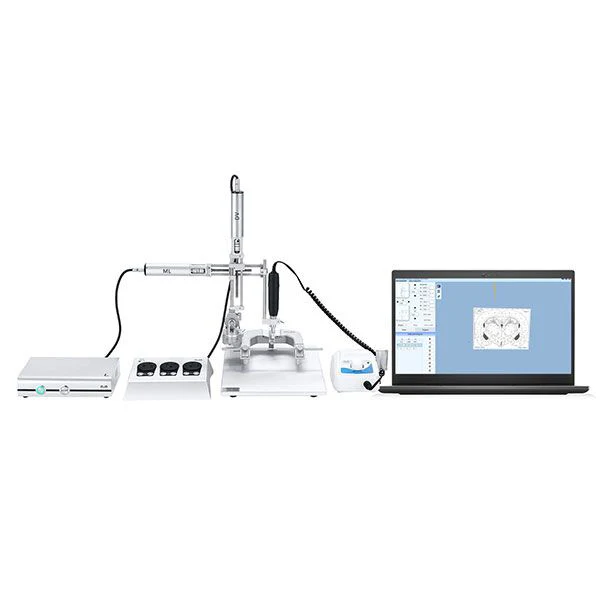A common question we encounter at BPLabLine concerns the operational capabilities of the sophisticated equipment used in our testing services. Specifically, many researchers ask if a digital stereotaxic instrument can store multiple coordinate points for later use. The answer is a definitive yes; this memory function is a core feature of modern automated stereotaxic instrument designs, directly enhancing experimental consistency and efficiency.
The Role of Non-Volatile Memory
Advanced models of the digital stereotaxic instrument are equipped with non-volatile memory. This integrated storage system allows the precise three-dimensional coordinates for different surgical or injection sites to be saved directly within the instrument’s software. Unlike temporary memory that loses data when powered off, this ensures that coordinate sets remain intact and available for future sessions. This capability is fundamental for longitudinal studies requiring repeated access to the same anatomical locations.
Enhancing Complex Experimental Workflows
For procedures involving multiple target sites within a single subject, the ability to save numerous coordinates is indispensable. An automated stereotaxic instrument can store a sequence of distinct points, allowing a researcher to program an entire procedure in advance. The system can then recall each point in sequence, minimizing manual adjustments and reducing the potential for human error between steps. This creates a more streamlined and reproducible workflow.
Supporting Data Integrity and Replication
The recall function directly supports scientific rigor. By saving exact coordinates, we establish a precise digital record for each experiment. This allows for the exact replication of targeting across subjects within a study and is crucial for the peer review process. The data generated from a digital stereotaxic instrument with this functionality includes not just the results, but a verifiable map of how those results were obtained.
The memory features of an automated stereotaxic instrument are more than a convenience; they are a critical component for ensuring precision and reproducibility in scientific research. At BPLabLine, our use of such calibrated instrumentation supports the generation of reliable and verifiable data for our clients.
